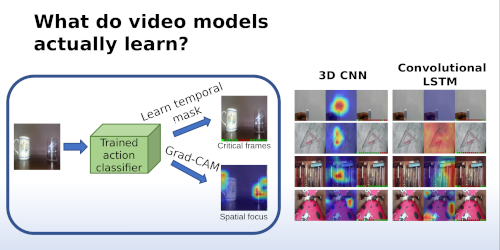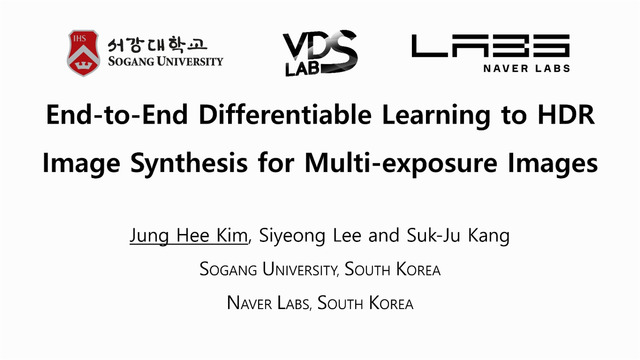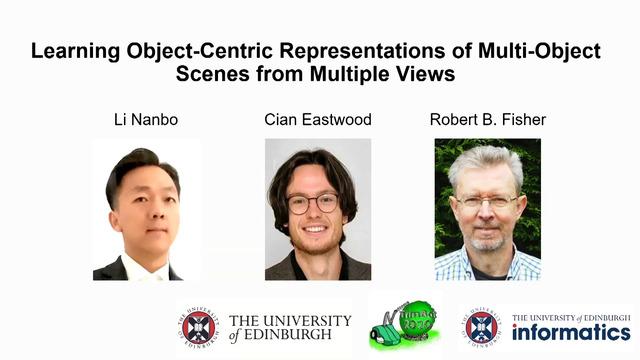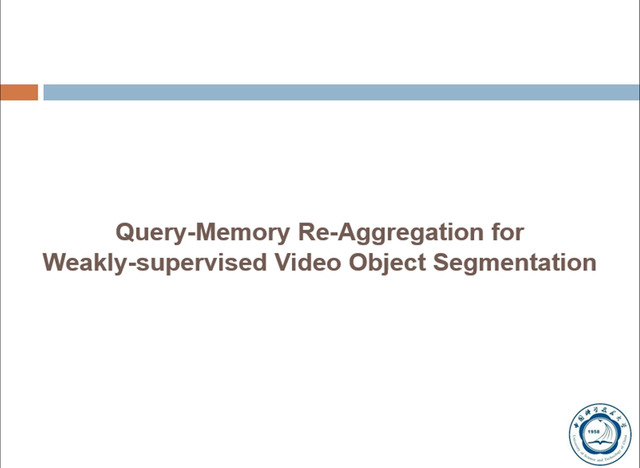Abstract:
Moving object segmentation (MOS) in different practical scenarios like weather degraded, dynamic background, etc. videos is a challenging and high demanding task for various computer vision applications. Existing supervised approaches achieve remarkable performance with complicated training or extensive fine-tuning or inappropriate training-testing data distribution. Also, the generalized effect of existing works with completely unseen data is difficult to identify. In this work, the recurrent feature sharing based generative adversarial network is proposed with unseen video analysis. The proposed network comprises of dilated convolution to extract the spatial features at multiple scales. Along with the temporally sampled multiple frames, previous frame output is considered as input to the network. As the motion is very minute between the two consecutive frames, the previous frame decoder features are shared with encoder features recurrently for current frame foreground segmentation. This recurrent feature sharing of different layers helps the encoder network to learn the hierarchical interactions between the motion and appearance based features. Also, the learning of the proposed network is concentrated in different ways, like disjoint and global training-testing for MOS. An extensive experimental analysis of the proposed network is carried out on two benchmark video datasets with seen and unseen MOS video. Qualitative and quantitative experimental study shows that the proposed network outperforms the existing methods.









































